No description yet: Can you help?
Lincoln Square Synagogue
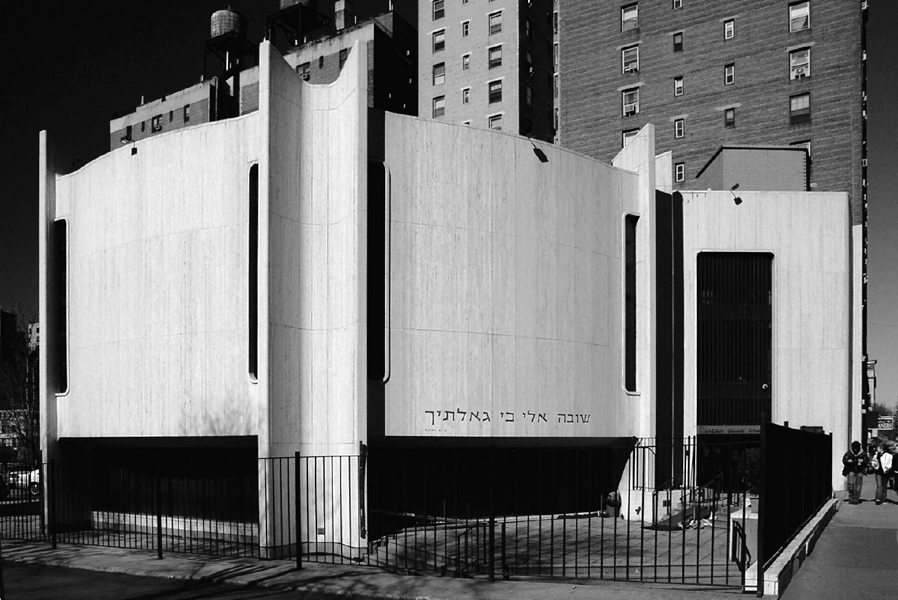

No description yet: Can you help?
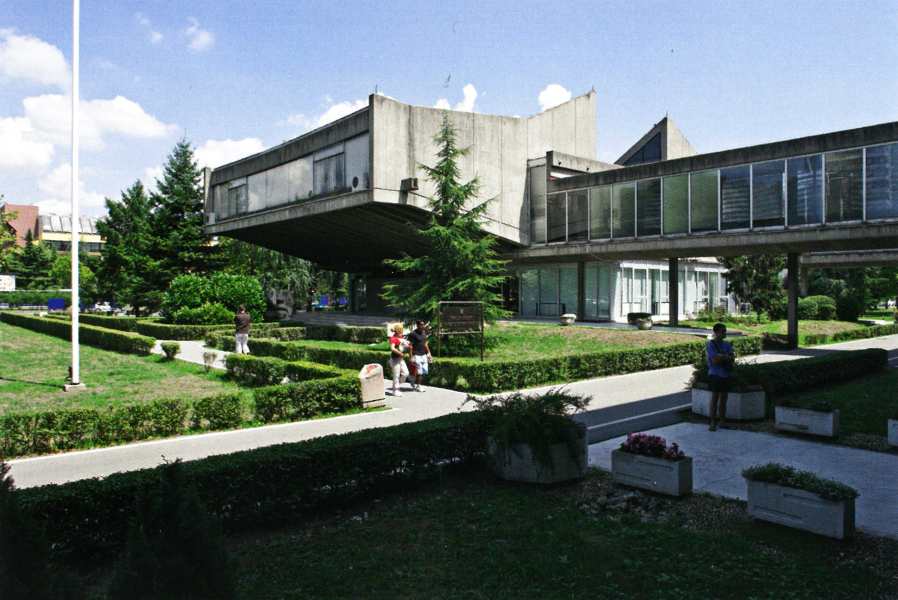
No description yet: Can you help?
No description yet: Can you help?
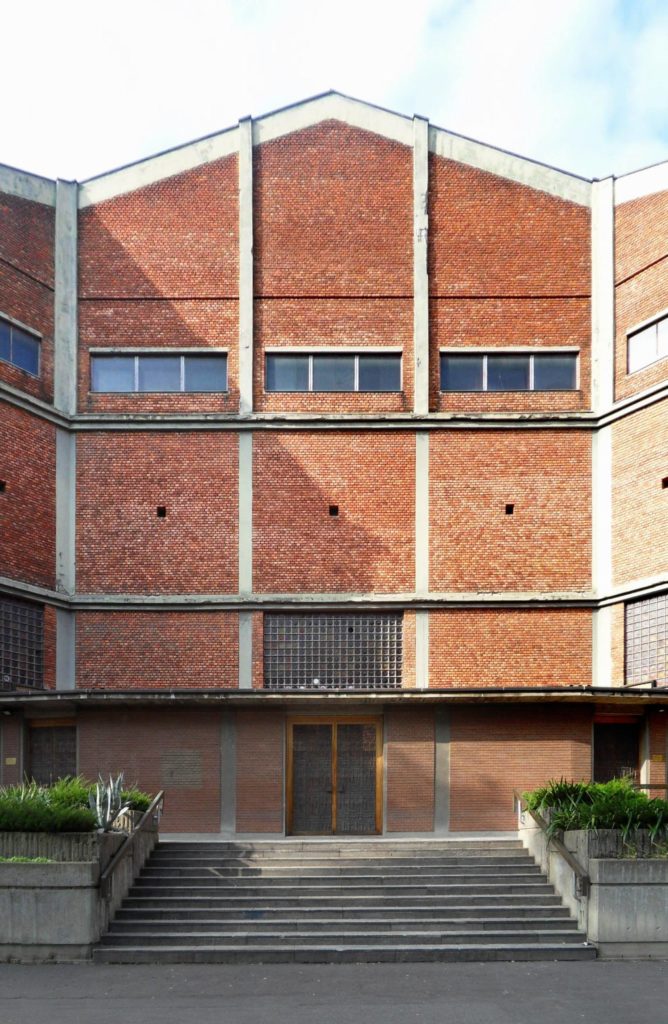
The combination of a central plan and double naves results from the church’s unique location. Noteworthy solutions for the interior include a hexagonal central altar space and an innovative combination of natural and artificial light sources. (Spe…
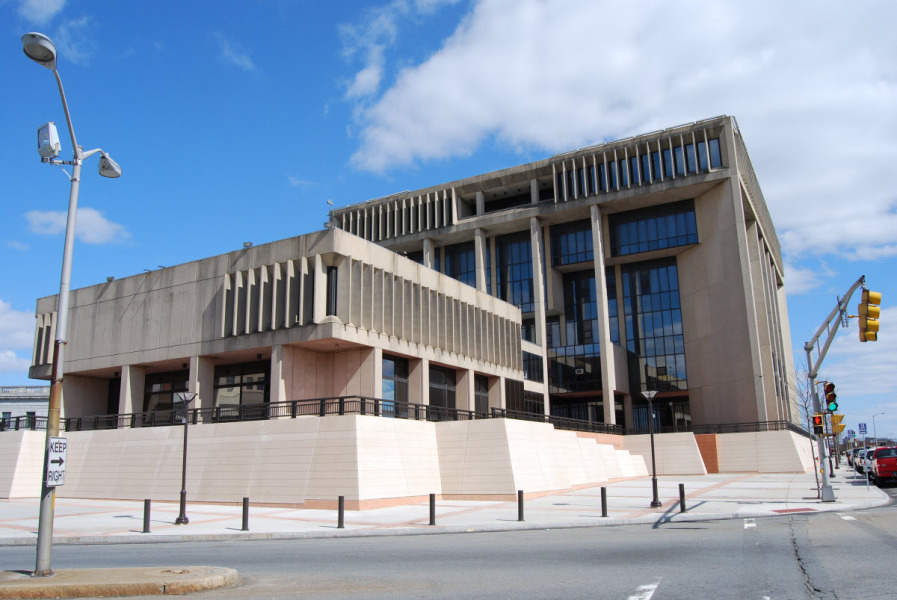
No description yet: Can you help?
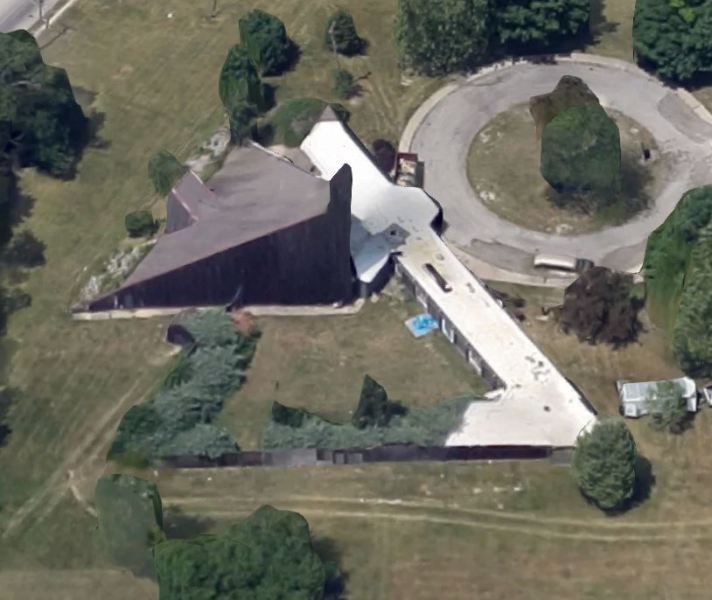
No description yet: Can you help?
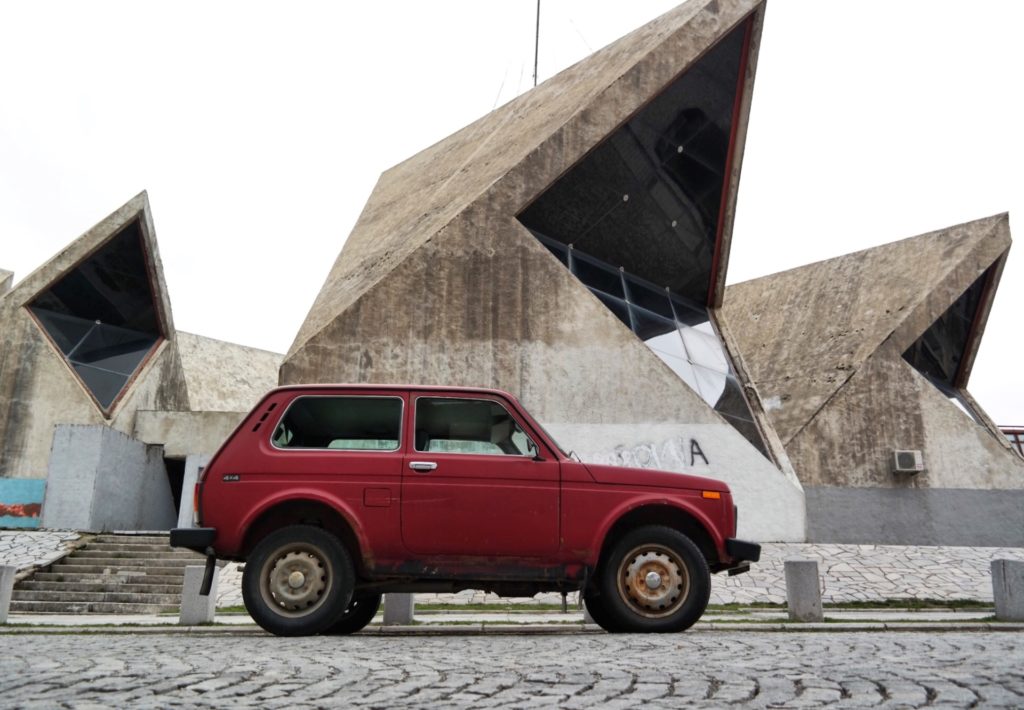
No description yet: Can you help?
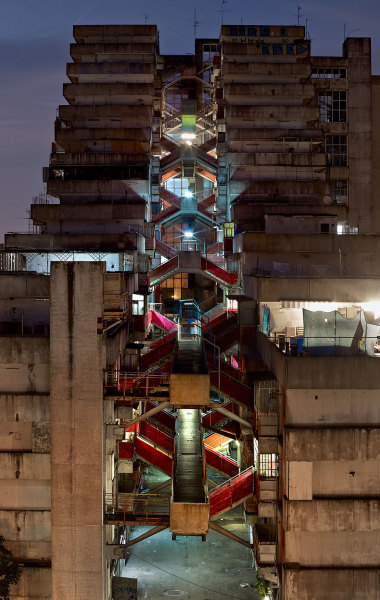
With originally seven stepped blocks, the “Sails of Scampia” were one of the largest social housing projects in Italy. Given that most of the service facilities, such as stores and kindergartens were never realized, the complex swiftly fell into dis…
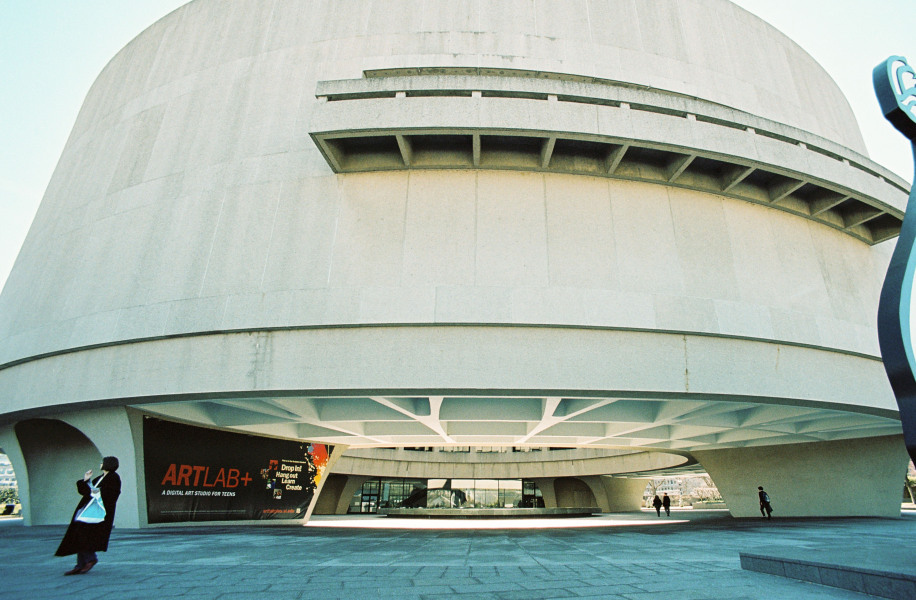
With its vivid monumentality the museum appears like a UFO in its surrounding cityscape. Supposedly the Smithsonian pointed out to Bunshaft that the building would only be appropriate as a museum of modern art if it contrasted its surroundings sharply. …
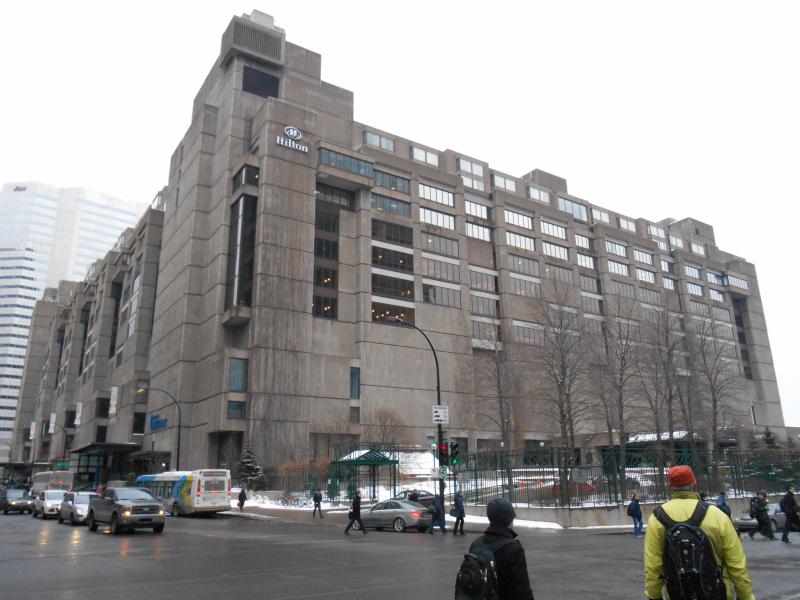
No description yet: Can you help?
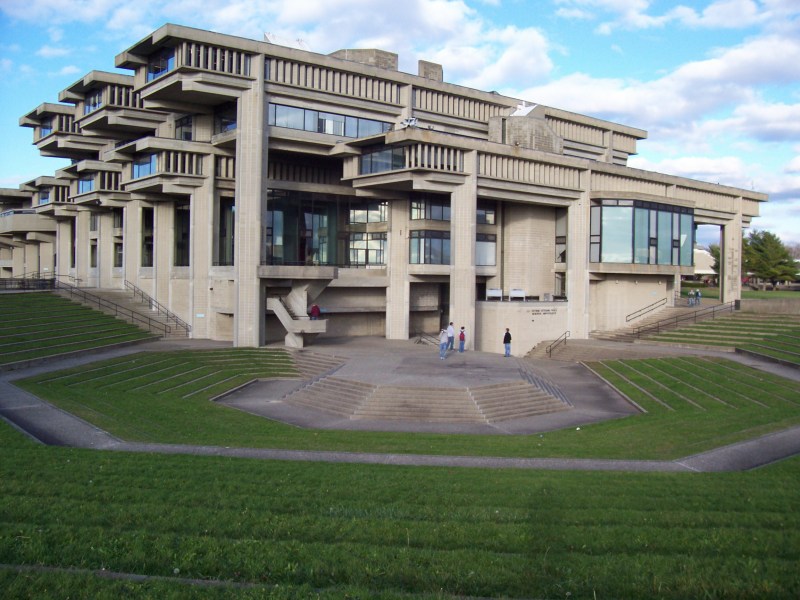
The complex interlocking frontage is very reminiscent of Rudolph’s design of that time for the Orange County Government Center.

While in Japan the brutalist design language was characteristic above all of government construction projects such as town halls, museums, concert halls and for residential projects, this is an early example of brutalism in a commercial setting.
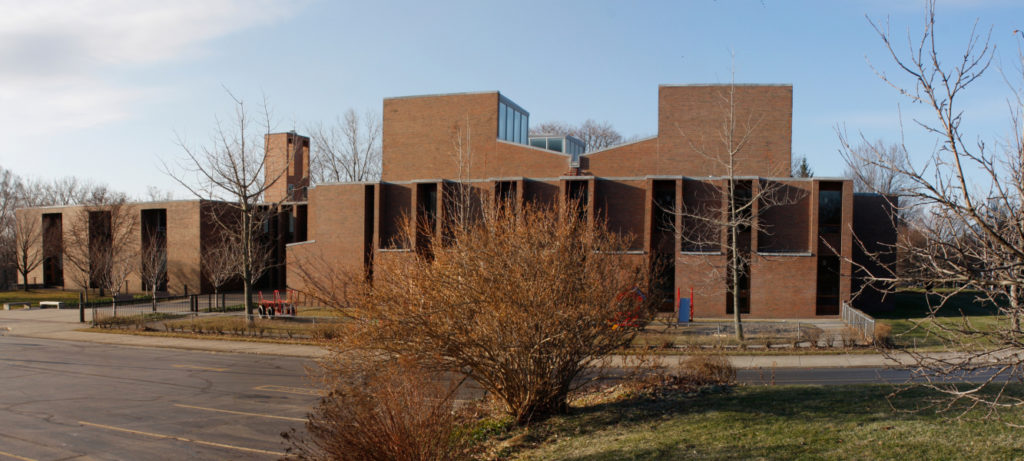
As one of the most prolific mid-century architects, Louis Kahn is usually not categorized as Brutalist. However many facets of his style, especially his love for exposing the building’s structure and building materials fit squarely into Brutalist conc…
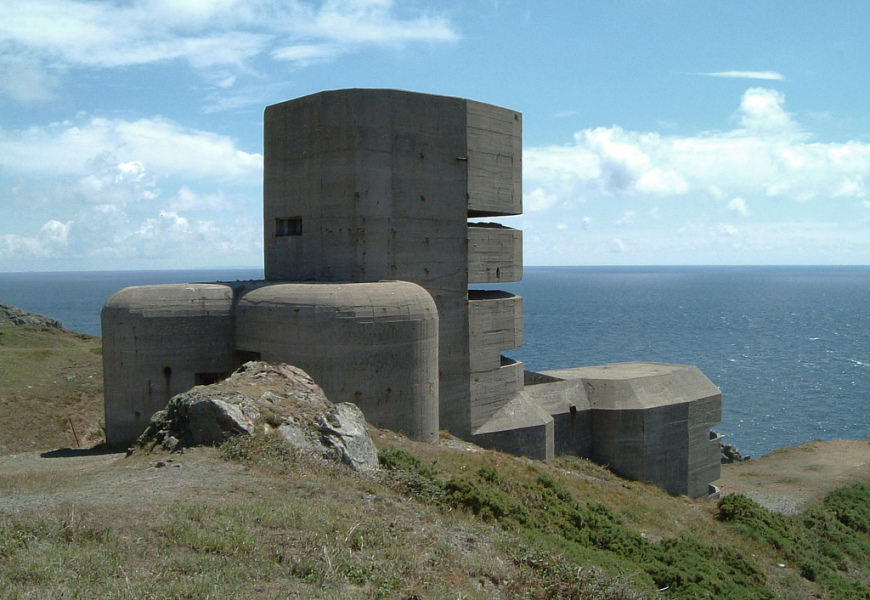
It was not just Parent and Virilio, who refer quite explicitly with their brutalist church to the Atlantic Wall bunkers, who were strongly influenced by these war time buildings. The deeply functionalist and likewise coarse and sculptural use of exposed…
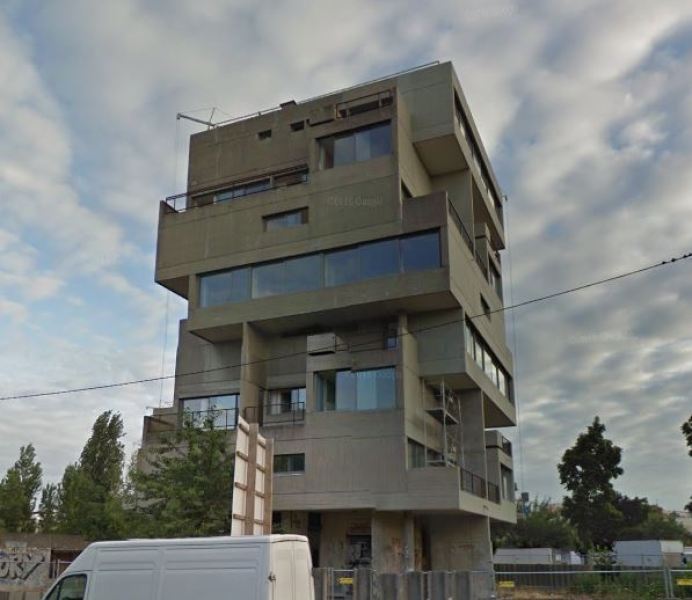
No description yet: Can you help?
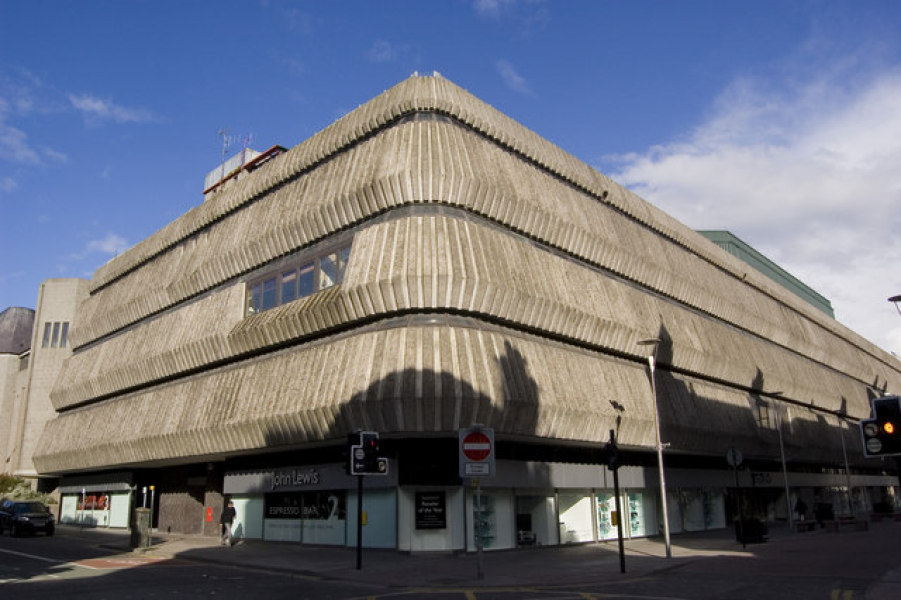
The department store of a leftist co-operative is still owned by the workers today. The strips of exposed concrete recall other large structures such as Preston Bus Station, and the attempt to establish department store façades as trademarks (as with t…
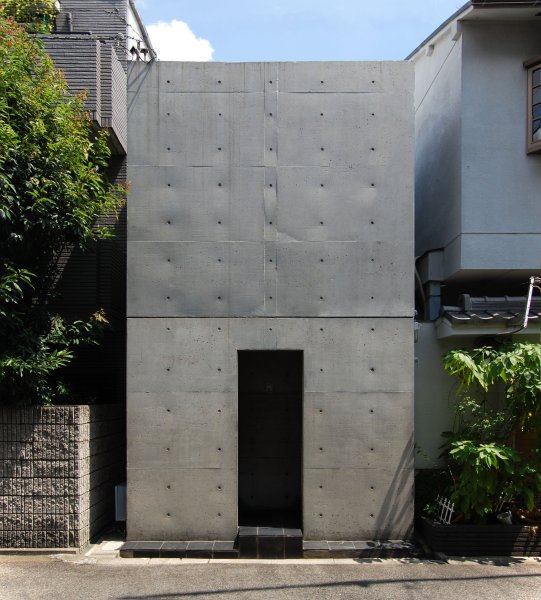
This early Ando project describes a path away from brutalism toward a smooth, minimalist treatment of exposed concrete, something that was to become especially noticeable in architecture as of the 1990s that left the concrete visible. Compared to béton…
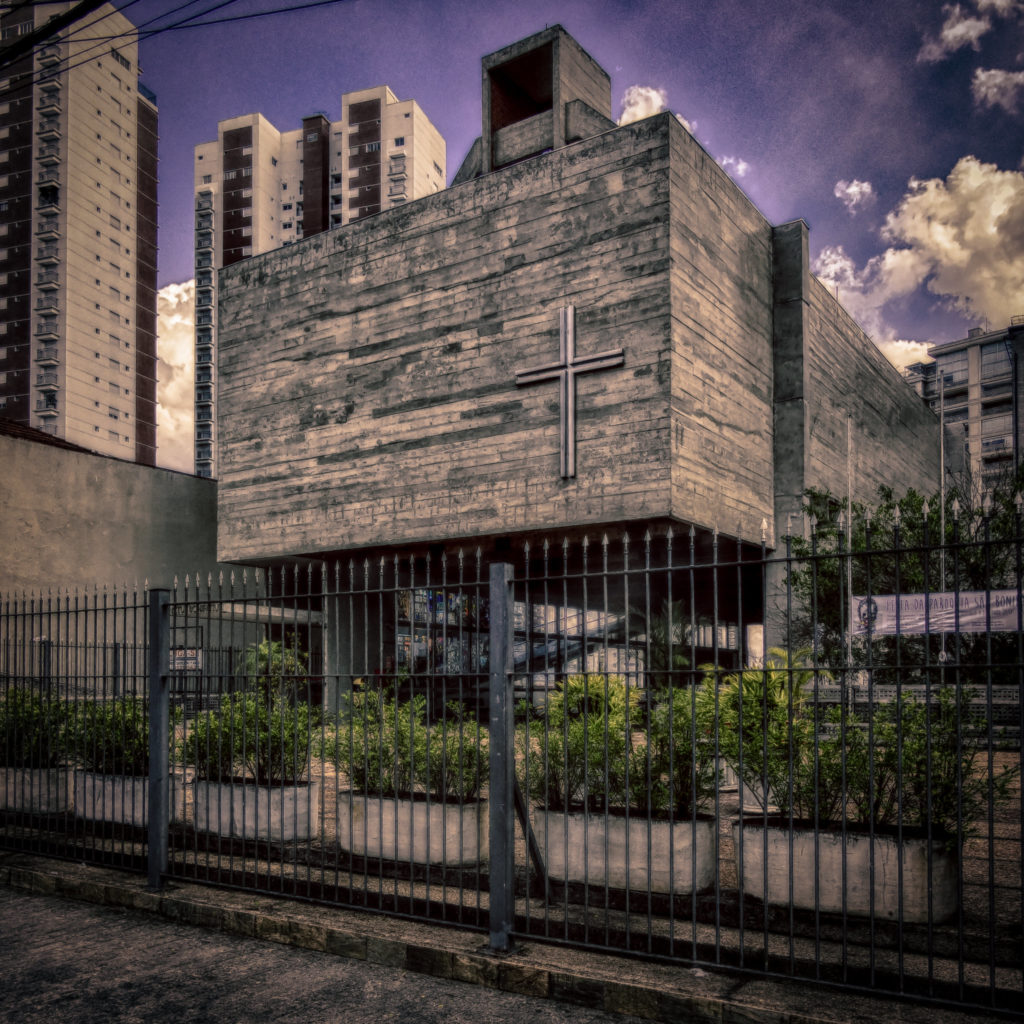
No description yet: Can you help?
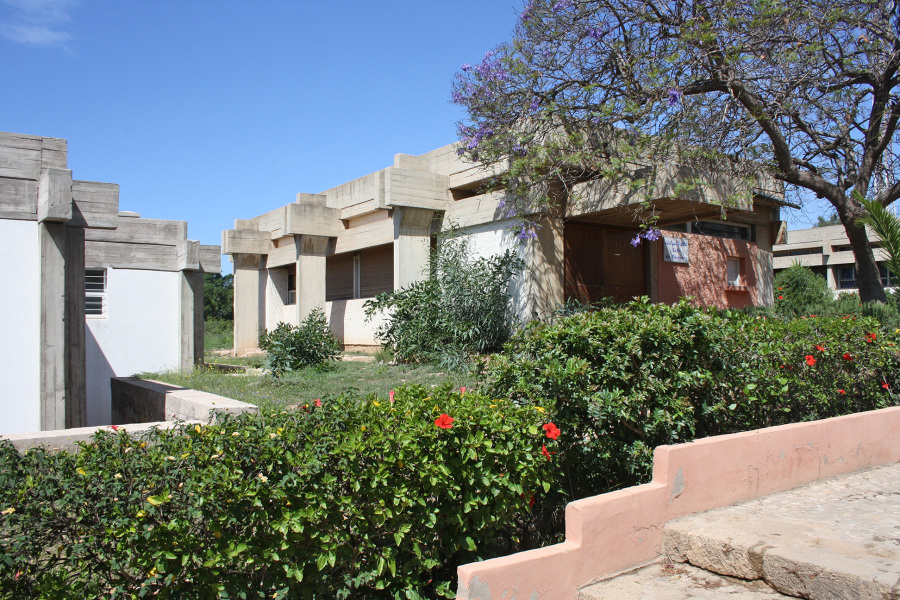
No description yet: Can you help?
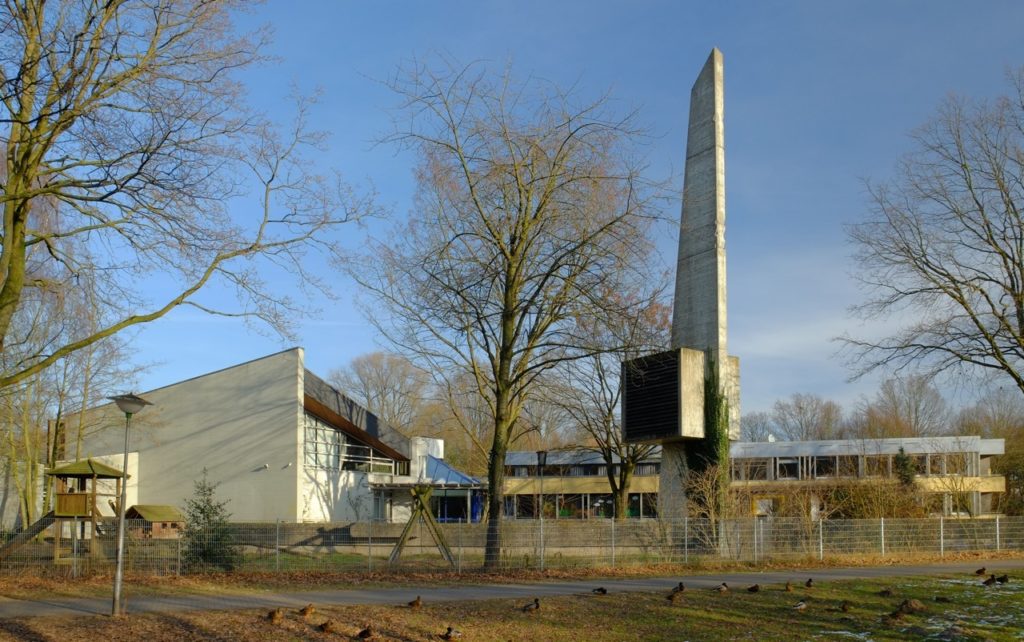
Church with belfry, kindergarden and assembly rooms.